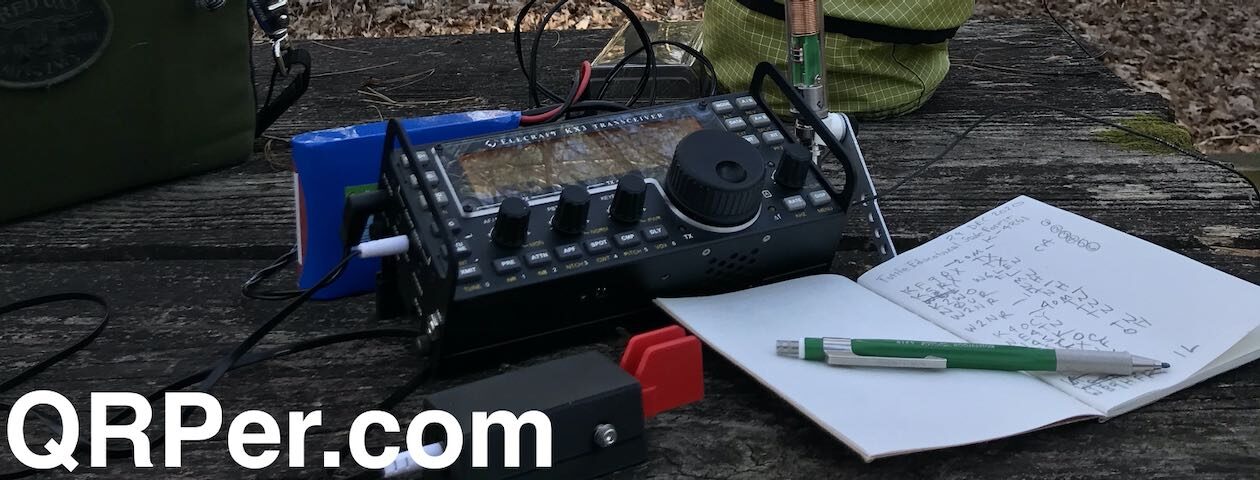 This morning, Ron (W6AZ), sent me a link to a Ham Radio Crash Course live stream where Josh (KI6NAZ) interviewed my good friend George (KJ6VU) about his proposal for a new Adventure Radio Protocol.
This morning, Ron (W6AZ), sent me a link to a Ham Radio Crash Course live stream where Josh (KI6NAZ) interviewed my good friend George (KJ6VU) about his proposal for a new Adventure Radio Protocol.
We covered the Adventure Radio Protocol in Ham Radio Workbench episode 191 and I think it’s a brilliant step forward to make emergency communications via VHF/UHF portable radios easier, clearer and attract more attention. It also leverages CTCSS tones which are a standard feature even on the least expensive HTs on the market (and has been for decades).
George explains, in detail, what the protocol is and how it works on his dedicated website AdventureRadio.info. Here’s an excerpt from the front page:
Adventure Radio Protocol
By George Zafiropoulos KJ6VU
The Adventure Radio Protocol provides a common radio frequency and signaling standard to make it easier for radio operators in the field to find and communicate with each other. The signaling protocol that uses CTCSS sub audible tones allows operators to signal the type of traffic on the adventure radio frequency and enable 24/7 monitoring without the need to listen to all traffic on the channel.
ADVENTURE RADIO FREQUENCY – 146.580 MHz
We propose to use 146.580 MHz FM for the nationwide US adventure radio frequency. This frequency is chosen because it is already in use in various regions of the US for hiking, backpacking, SOTA, overlanding and other outdoors activities. We also want to avoid using 146.520 to remove outdoor activity traffic from the national calling frequency.
CTCSS TONES
CTCSS sub-audible tones are used to signal the type of traffic on the adventure radio frequency. The following CTCSS tones are assigned for various types of traffic. The Adventure Radio Protocol reserves all CTCSS tones between 67.0 Hz and 151.4 Hz to be assigned over time for various purposes. Radio operators can use any CTCSS frequency above 151.4 Hz for any purpose and are not governed by the AR protocol.
-
- 67.0 Hz Emergency calling.
- 77.0 Hz Ping – Keying up will cause any automated monitoring station to respond to let you know there is a system on the air.
- 88.5 Hz SOTA/POTA and other operating events.
- 100.0 HZ General backcountry conversations.
- 123.0 Hz Trigger automated messaging from local repeaters.
Click here to gather all of the details on AdventureRadio.info.
I highly encourage you to check out the Adventure Radio Protocol and make your local club aware that it’s coming down the pipeline as this functionality will need to be added to repeater controllers to broaden the reach.
This protocol has the potential to make emergency communications via handheld VHF/UHF radios so much more effective and automated than it is today!
For more detail check out these episodes:
HRCC Livestream (Yesterday)
Click here to view on YouTube.
Ham Radio Workbench Episode 191 (October 3, 2023)
Audio PlayerClick here to read all of the show notes and listen at the HRWB website.
